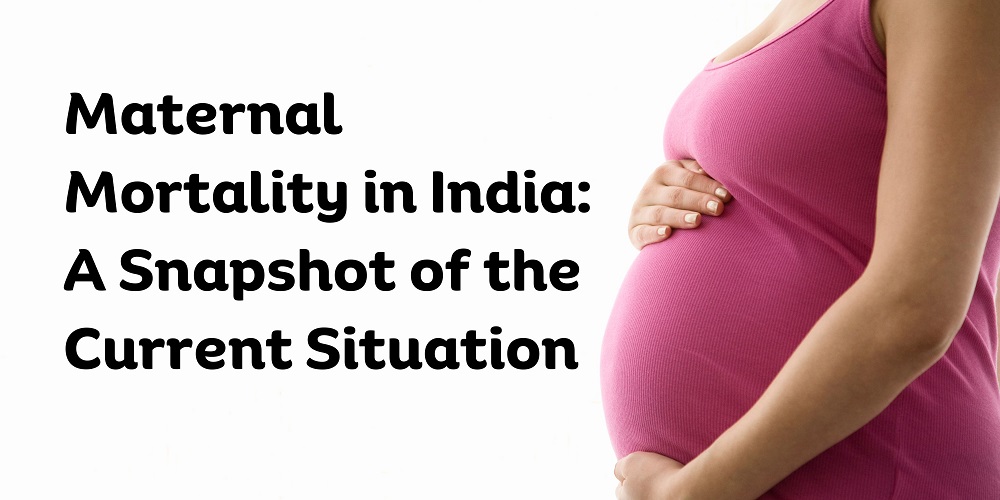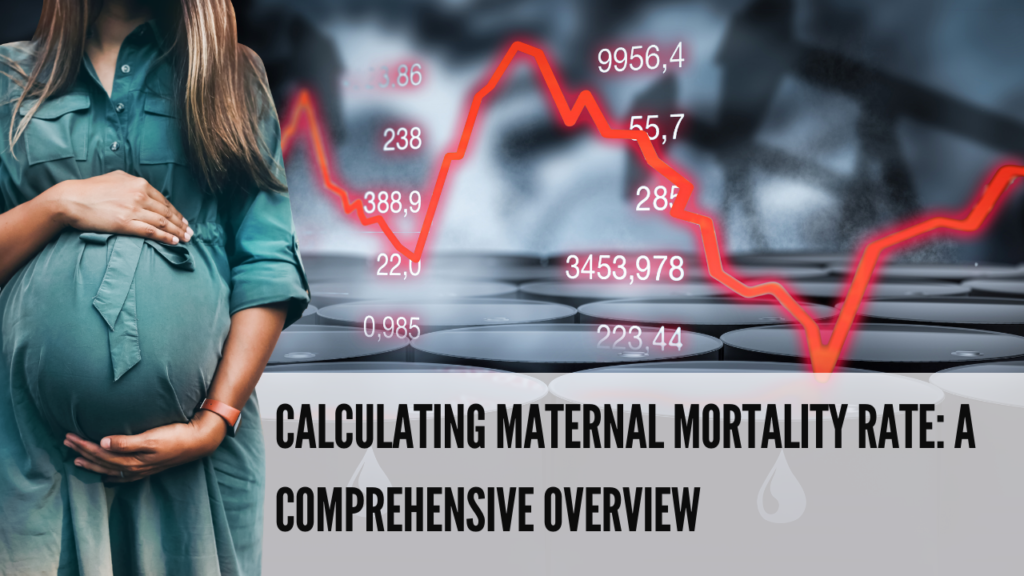Currently Empty: $0.00
Maternal Mortality in India: A Snapshot of the Current Situation
Maternal mortality is the death of a woman during pregnancy, childbirth, or within 42 days of childbirth, from any cause related to or aggravated by the pregnancy or its management, but not from accidental or incidental causes.
India has one of the highest maternal mortality rates in the world, with an estimated 353,000 maternal deaths in 2017. This means that for every 100,000 live births in India, 113 women die.
The maternal mortality rate in India has been declining in recent years, but it is still much higher than the global average of 216 deaths per 100,000 live births.
Causes of Maternal Mortality
There are many factors that contribute to maternal mortality in India. These include:
- Pre-existing medical conditions, such as anemia, malnutrition, and HIV/AIDS.
- Complications during pregnancy, such as obstructed labor, eclampsia, and hemorrhage.
- Complications during childbirth, such as postpartum hemorrhage, sepsis, and retained placenta.
- Access to quality healthcare. Many women in India do not have access to quality healthcare, which can lead to delays in diagnosis and treatment of complications.
- Socioeconomic factors, such as poverty, illiteracy, and gender inequality.
The Government’s Response
The Indian government has taken some steps to address the issue of maternal mortality. These include:
- Improving access to healthcare. The government has launched several programs to increase access to healthcare for women, such as the Janani Suraksha Yojana (JSY) and the Pradhan Mantri Suraksha Scheme (PMSSY).
- Training healthcare providers. The government has also invested in training healthcare providers on maternal health issues.
- Raising awareness. The government has launched several awareness campaigns to educate women about maternal health issues.
The Way Forward
The government’s efforts have helped to reduce the maternal mortality rate in India. However, there is still much work to be done. To further reduce maternal mortality, the government needs to focus on the following:
- Improving access to quality healthcare. This means expanding the reach of healthcare facilities and providing quality care at these facilities.
- Addressing the socio-economic factors that contribute to maternal mortality. This includes measures to reduce poverty, improve education, and promote gender equality.
- Empowering women. Women need to be empowered to make informed decisions about their health and to seek help when they need it.
Conclusion
Maternal mortality is a serious problem in India. However, it is a problem that can be solved. By taking steps to improve access to quality healthcare, address the socio-economic factors that contribute to maternal mortality, and empower women, the government can save the lives of thousands of women each year.
Here are some additional resources that you may find helpful:
- The World Health Organization: https://www.who.int/news-room/fact-sheets/detail/maternal-mortality
- The Ministry of Health and Family Welfare, Government of India: https://main.mohfw.gov.in/
- The United Nations Population Fund: https://www.unfpa.org/
I hope this blog has been informative and helpful.






